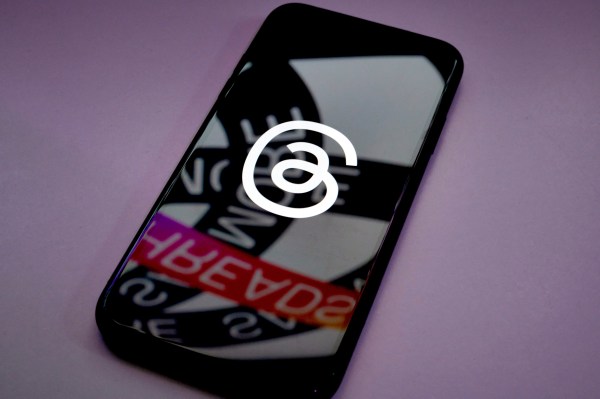Threads’ roadmap for integrations with the fediverse, aka the network of decentralized apps that includes Twitter/X rival Mastodon and others, has been revealed. A new blog post by Tom Coates, the co-founder of an older decentralized app called Planetary, details the events of a December meeting at Meta’s offices where the Threads team had reached out to members of the fediverse community to get feedback about the Instagram-led project to take on X with a decentralized app that will eventually interoperate with others in the fediverse by way of the ActivityPub protocol.
In the meeting, which Coates characterized as a “good faith” effort by the Instagram team, the roadmap for Threads’ fediverse integration was laid out, starting with a December launch of a feature within the Threads app that would allow their posts to become visible to Mastodon clients. Meta did, in fact, start testing ActivityPub integration in December, allowing Threads posts to appear on Mastodon. But it did so only with select members of the Instagram team, including Instagram head Adam Mosseri, who is now the second-most followed account on Mastodon, just behind Mastodon’s official account, with his 675,606 followers.
In the meeting, the Threads team also shared the next steps ahead for its app as it moves into the fediverse, noting that in early 2024 replies posted on Mastodon servers would become visible in the Threads application and, later in the year, users would be able to follow Mastodon accounts within Threads, reply to them and like their posts. The full interoperability between the two platforms, however, was still to be determined, Coates said.
The team also discussed how they would approach content moderation as they moved forward with fediverse integration, saying they would exclude content from the wider fediverse from being visible in the Threads app if it breaks their rules. In addition, this rule would potentially come into play when a user banned from Meta’s platform moved their content to another Mastodon server.
Other questions remained unresolved at this time — like whether Threads would surface third-party Mastodon content in its algorithmic feed, whether it would ultimately allow for algorithmic choice, whether Mastodon content would be made to appear visually differentiated from Threads’ content in some way, and more. The takeaway is that Threads’ move to the fediverse is very much still a work in progress and the team is actively trying to determine the best path.
One tidbit from the post that was particularly revealing was Coates’ note that he had heard from multiple sources that Meta CEO Mark Zuckerberg believed that Threads should be “totally open” — essentially, that his view was that open was the future of social networking. Coates suggested various reasons why Meta may be pursuing this — perhaps to thwart coming regulation or to take over Twitter/X’s place in the zeitgeist as new owner Elon Musk turns it into an everyday app, potentially diluting its value as a fast-breaking news network and home to conversations. But it could also be that Zuckerberg is simply foretelling where the direction of the web is going.
He isn’t the only tech exec betting on a decentralized future, either. Flipboard last month became a federated app with support for ActivityPub. Automattic also made it possible for all WordPress.org and WordPress.com blogs to become federated, and said it’s working on doing the same with Tumblr next year. Plus, both Medium and Mozilla have set up their own servers, and the latter backed a Mastodon client called Mammoth, as well.
Explained Flipboard CEO Mike McCue in a conversation with TechCrunch last month, what excited him about Mastodon and ActivityPub was that it wasn’t just about where social media was heading, it was where the web itself was going.
“I saw what was happening with ActivityPub and it became very clear to me that this is the future of the web, period,” McCue said. He likened it to his early days at Netscape, convincing publishers to join the web by building websites. After some time, web pages linking to others became what the web is today.
“What we’re talking about with the social web is people linking to pages and people linking to people, so it’s a much more intricate web. And so it is the future of the web,” he added.
